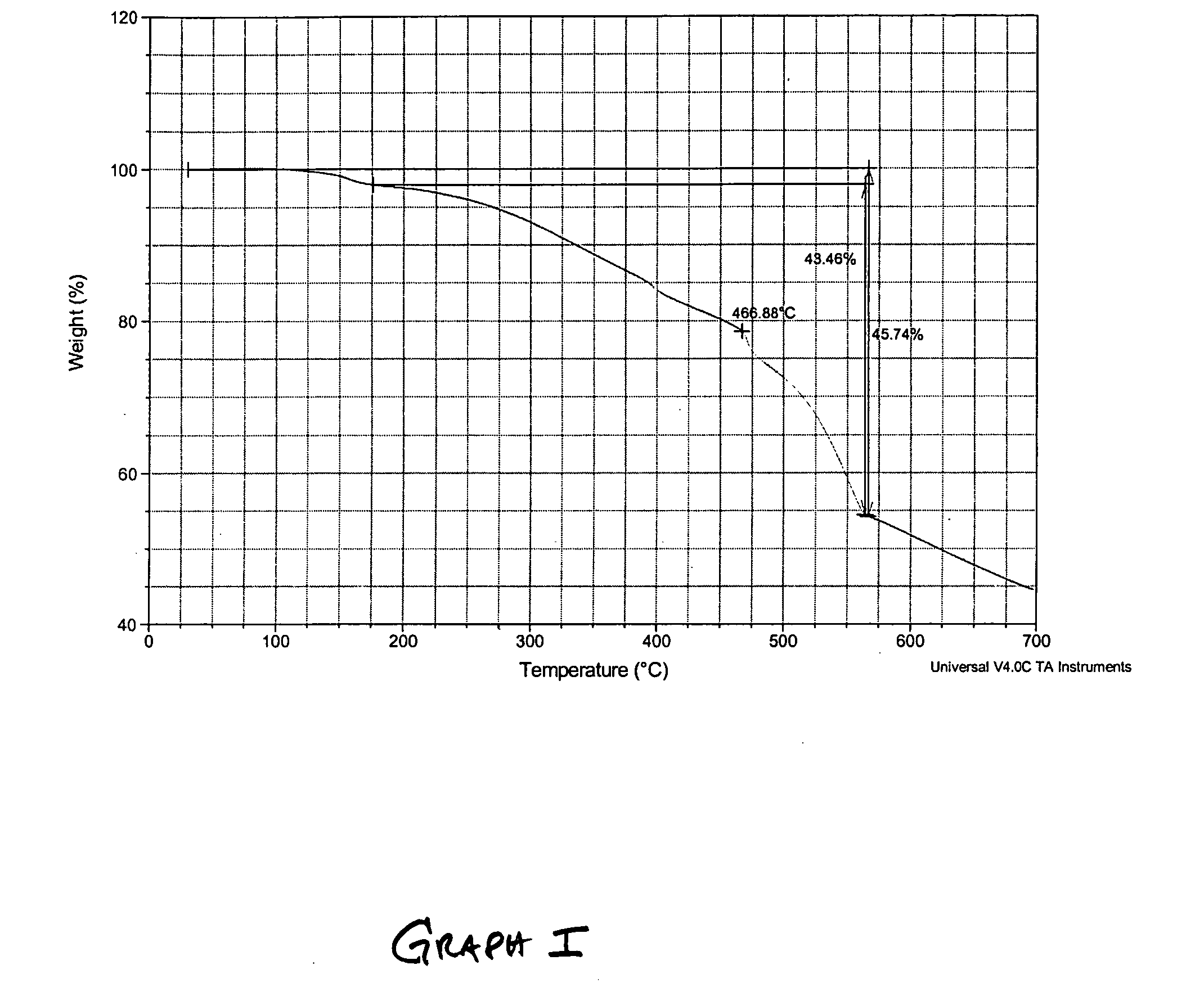Thermochemical hydrogen produced from a vanadium decomposition cycle
a vanadium decomposition cycle and hydrogen technology, applied in the direction of chloride preparation, iron halide, hydrogen separation using liquid contact, etc., can solve the problem that the estimated cost of solar technology with a near-term availability is believed to be less than $2.00
- Summary
- Abstract
- Description
- Claims
- Application Information
AI Technical Summary
Benefits of technology
Problems solved by technology
Method used
Image
Examples
Embodiment Construction
A particular preferred embodiment of the V-Process begins with reduction of vanadium chloride (III) to vanadium chloride (II) by decomposition with heat. This reaction releases free chlorine gas from a first reactor, and leaves behind solid vanadium II salt. The chlorine that is liberated from the vanadium salt may contain some VCl4, which can be removed by simple condensation and returned to the beginning of the VCl3 decomposition reactor used at the beginning of the V-Process. Thereafter, the chlorine is pure and requires no further cleaning prior to going to a second reactor. A catalyst, such as FeCl3, may be used in the initial reaction, the effect of which is to lower the temperature at which the VCl3 is decomposed. See Graphs (III-V). Other suitable catalysts include PbCl4, SbCl5, CrCl4, MnCl4, CoCl3, K NiCl4; NlCl3, and BiCl5, FeCl3, CuCl2 and any other compounds that can reversibly absorb a halogen gas. The choice of catalyst must be consistent with the corresponding metal h...
PUM
| Property | Measurement | Unit |
|---|---|---|
| temperature | aaaaa | aaaaa |
| temperature | aaaaa | aaaaa |
| temperature | aaaaa | aaaaa |
Abstract
Description
Claims
Application Information
 Login to View More
Login to View More - R&D
- Intellectual Property
- Life Sciences
- Materials
- Tech Scout
- Unparalleled Data Quality
- Higher Quality Content
- 60% Fewer Hallucinations
Browse by: Latest US Patents, China's latest patents, Technical Efficacy Thesaurus, Application Domain, Technology Topic, Popular Technical Reports.
© 2025 PatSnap. All rights reserved.Legal|Privacy policy|Modern Slavery Act Transparency Statement|Sitemap|About US| Contact US: help@patsnap.com



